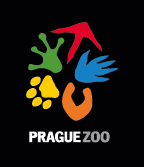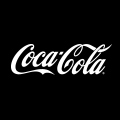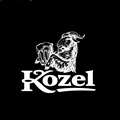First European pangolin pup's breeding completed
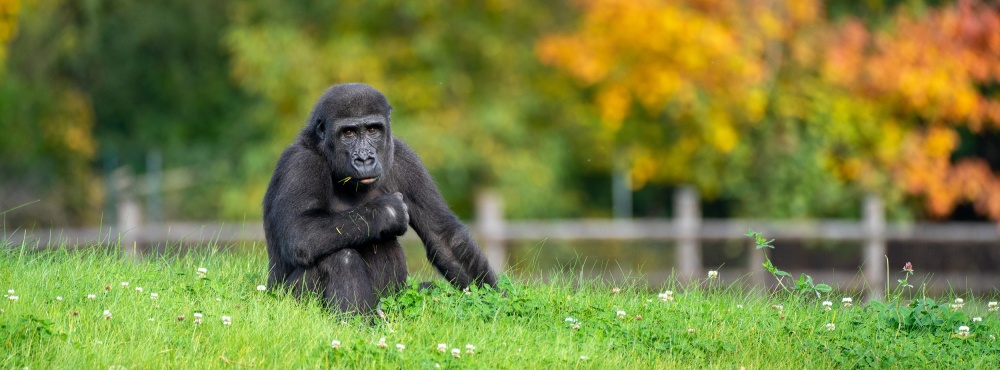
Prague Zoo in the Czech republic celebrates one of the greatest successes in its history. The breeding of the female Chinese pangolin (Manis pentadactyla) is considered successful as the pup born in February has reached the age of six months and has ceased to drink the mother's milk and fully switched to a solid diet. It is the first ever pangolin born and now reared in Europe.
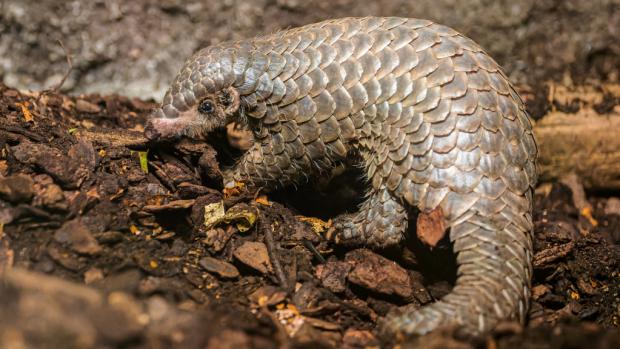 The female Chinese pangolin named Šiška (=pine cone in Czech) was born on February 2nd 2023 and is considered officially bred at the age of six months. Photo: Petr Hamerník, Prague Zoo
The female Chinese pangolin named Šiška (=pine cone in Czech) was born on February 2nd 2023 and is considered officially bred at the age of six months. Photo: Petr Hamerník, Prague Zoo
“The breeding of the pangolin pup is essential not only because it was associated with several difficulties, but also because it is the first pangolin pup bred in Europe. At the same time, it is necessary to highlight that these scaled mammals, living in Sub-Saharan Africa and South and Southeast Asia are highly threatened by illegal hunting and trade. After all, the attention given to the pup not only in the world of zoos, but also on the field of the press and public, only highlights the importance of her breeding,” says the Prague Zoo director Miroslav Bobek.
Šiška (= pine cone in Czech), as the Czech public knows the pup and closely follows its story, can be seen in the Prague Zoo's Indonesian jungle exhibit. Her story raises the awarness of the threats that the wild pangolins face. Prague Zoo sees and introduces its pangolins as the ambassadors of their species.
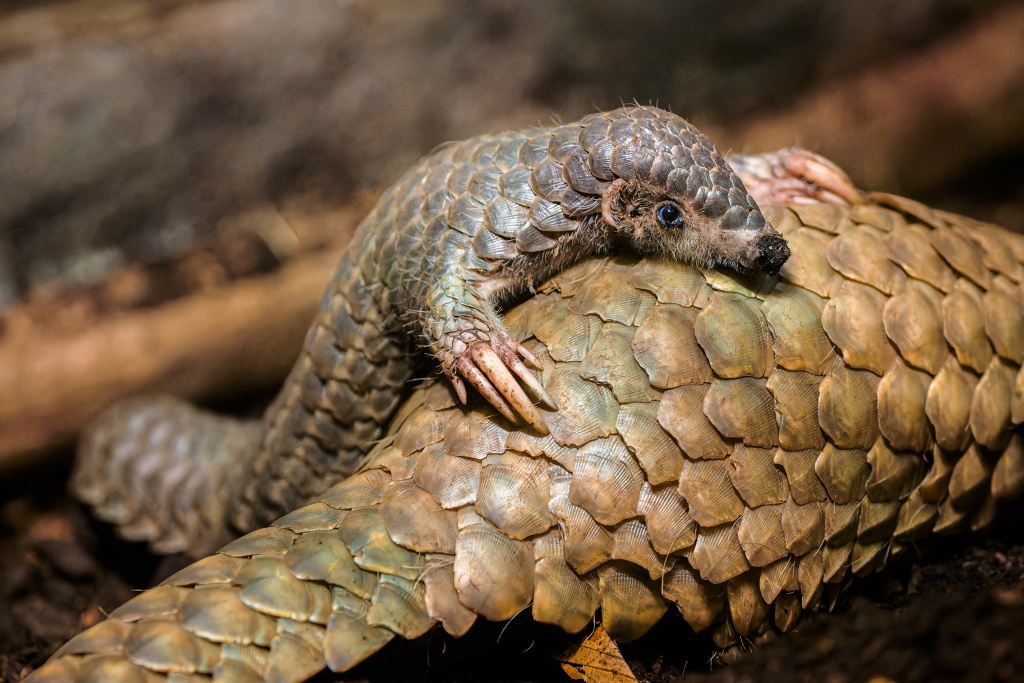
Female pangolin pup, like all pangolins pups, rides on the tail or back of its mother Run Hou Tang. However, with increasing weight, the pangolin pup becomes an oversized passenger.
Photo: Petr Hamerník, Prague Zoo
However the first weeks of the pup's life were not trouble-free. Although Šiška had a solid birth weight, was healthy and did not lack a will to live, and also its mother Run Hou Tang nursed her and showed natural affection towards her, the Prague Zoo team faced another problem – the mother did not produce enough milk. Thanks to lactation support supplements, replacement feeding through a kitten milk substitute and 24/7 care of the zookeepers, the pup started to gain weight. Today, she weighs over 1 800 grams which is approximately 13 times more than was her birth weight.
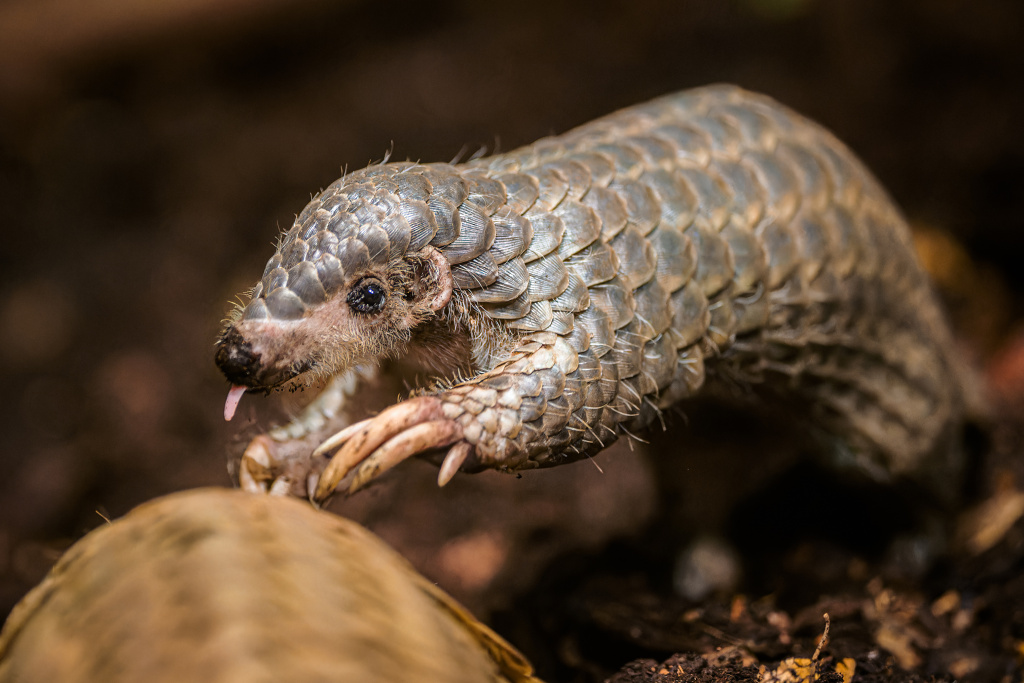
Pangolins have great strength in their fingers and claws on their forelimbs. They use it when searching for food – to open anthills or termite mounds – but also for digging burrows and climbing.
Photo: Petr Hamerník, Prague Zoo
The parents of the pup, the female Run Hou Tang and the male named Guo Bao, were obtained by the Prague Zoo directly from Taiwan's Taipei Zoo in April 2022. Prague Zoo became only the second zoo in Europe that keeps these peculiar and highly endangered mammals. Keeping pangolins is extremely difficult as they require a specially prepared nutritious mash, the main component of which being the bee larvae.
Pangolins are the most illegally trafficked mammals in the world and the Prague Zoo has been striving to actively protect them in their homeland for a long time now, both in Africa, especially in Cameroon through The Wandering Bus project, and also in South and Southeast Asia.
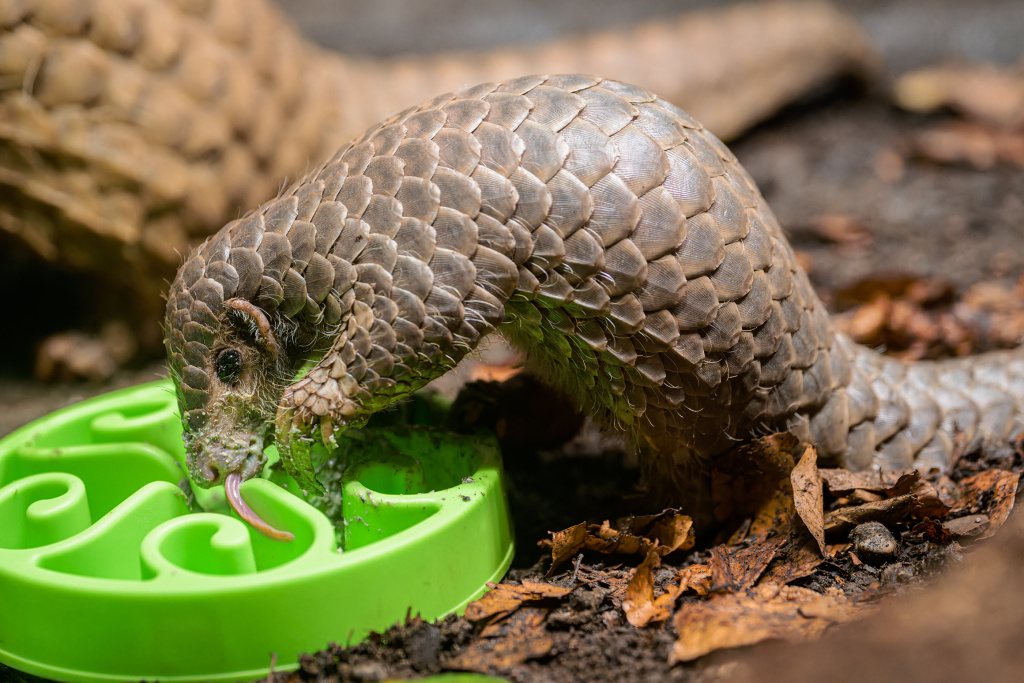
Female pangolin pup is not being nursed by her mother anymore but her diet consists of special nutritious mash made from bee larvae.
Photo: Petr Hamerník, Prague Zoo
ZOOPRAHA.CZ
Contacts
- The Prague zoological garden
U Trojskeho zamku 120/3
171 00 Praha 7
Phone.: (+420) 296 112 230 (public relations department)
e-mail: zoopraha@zoopraha.cz
Others
